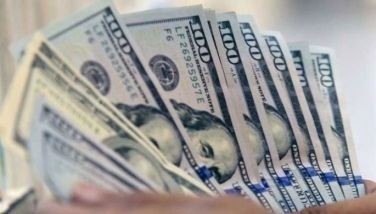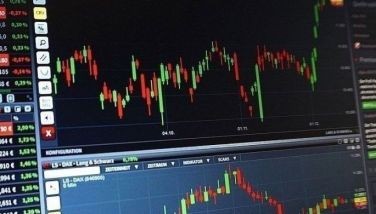A stabilizing force during this highly volatile time
Sovereign wealth funds (SWFs) have become a powerful investing force in the global financial markets today. Recent high-profile investments by these funds into Citigroup and UBS have provided relief in the markets and have mitigated the damages brought about by the current sub-prime mortgage mess. The long-term horizon of these SWFs allow them to be a stabilizing influence, buying assets when they are long since these funds tend to be cash rich.
SWFs are an outgrowth of the massive increase in foreign currency reserves of emerging economies in recent years, particularly from current account surpluses of emerging market economies and from oil and gas exports of commodity-rich countries. But they are managed not as reserve currencies but as investable funds as in the case of a conventional fund. Until recently, most SWFs have contended themselves with buying conservative bonds but now many are seeking higher yielding assets, investing in equity and alternative investments.
Bigger than hedge funds
Today, the total market capitalization of SWFs is approximately $2.5 trillion. The Abu Dhabi Investment Authority (ADIA), established in 1976 during the time of the first oil-boom, is the largest SWF with assets estimated at $1.3 trillion. It is followed by GIC of Singapore ($330 billion), Government Pension Fund of Norway ($315 billion), various funds of Saudi Arabia ($300 billion), Kuwait Investment Authority ($250 billion) and China Investment Corp. ($200 billion). In comparison, the total market capitalization of hedge funds is estimated to be only $1.6 trillion.
According to a report by Morgan Stanley, the total size of SWFs could reach $12 trillion by 2015 and surpass the size of the world’s total official reserves before 2011. At present, SWFs coming from oil and gas exports account for roughly two-thirds of total SWFs. But by 2015, non-oil Asian exporters could already equal the oil exporters — at around $6 trillion each.
Betting on the battered financial institutions
Although primarily invested in bonds, SWFs are now channeling more funds into equities than they did before. Particularly, SWFs have put tens of billions of dollars into global financial firms this year.
Just last week, UBS announced the Government of Singapore Investment Corp. is investing $9.75 billion for a nine percent stake in the bank, while an undisclosed strategic investor from the Middle East is contributing $1.77 billion.
In November, Abu Dhabi Investment Authority acquired a 4.9-percent stake in Citigroup for $7.5 billion. In October, Dubai International Capital acquired 9.9- percent stake in Och-Ziff Capital Management Group, a US-based hedge fund for more than $1.1 billion. In September, Qatar Investment Authority acquired a 20-percent stake in the London Stock Exchange and 10 percent in Norway’s bourse operator OMX AB. Meanwhile, in May, Dubai International Capital bought an undisclosed stake in British bank HSBC.
And these funds are not just coming form the Middle East. In September, Bear Stearns sold a six percent stake to China’s government-controlled Citic Securities Co. for about $1 billion in September. In July, China Development Bank, paid $3 billion for a 3.1-percent stake in Barclays Bank, while Temasek of Singapore paid $2 billion for a 1.77-percent stake. Meanwhile, China Investment Corp. paid $3 billion for US private equity firm Blackstone Group in May.
Certainly, these SWFs have the resources in case additional capital is needed to shore up more distressed global banks. Their size alone can act as a powerful shock absorber which could help the US economy avert a recession through their capital injections.
Learning from SWFs
Lessons can be learned from SWFs, particularly during volatile times such as today. First is diversification. Gulf countries do not want to be dependent only on oil for their revenues. China and India do not only want to hold only US dollars when returns on dollar investments are at all-time lows. Therefore it makes sense for SWFs to invest in other financial assets which have higher returns. For individual investors, the same thing should apply. It is akin as “not putting all your eggs in one basket” as we have discussed in numerous occasions in the past.
Second is having a long-term horizon. SWFs have a long-term horizon and, like value investors, they are willing to buy when asset prices fall and hold for two to three years, or even longer. As we have said before, it is very difficult to predict the short-term. Things may get worse before getting better for the US. There may be more equity writedowns, earnings and ratings downgrades for US banks. Thus, if you have a short-term horizon, you will just be whipsawed and shaken out. However, if you have a long-term horizon and you buy together with these SWFs, you’ll probably get substantial returns, just like Prince Alwaleed did when he bought into Citigroup in 1991.
For comments and inquiries, you can email us at [email protected]. You can also view our archived articles at www.philequity.net or www.yehey.com/finance.
- Latest
- Trending


























